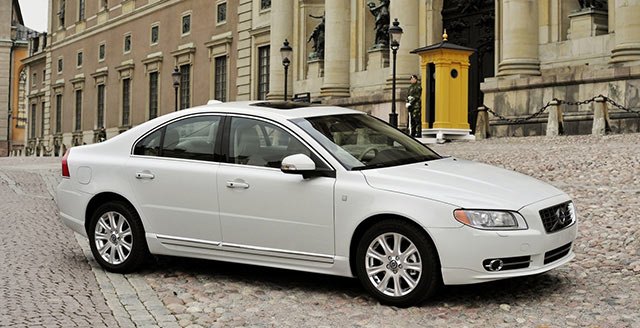Former US president Benjamin Franklin once mused: ‘in this world, nothing can be said to be certain, except death and taxes.’
If you’re looking to reduce the latter, figuring out how your car tax is calculated and making changes accordingly is a good plan. Like that idea? You should check out some cars for sale. Finding one that’s cheaper to tax can really pay off, especially if you want to keep your car for a long time.
Vehicle Excise Duty?
Car tax, road tax, or Vehicle Excise Duty (VED) to give it its proper name, is an inevitability for every car owner in the UK. It’s a yearly requirement, and broadly cars with larger, less frugal engines cost more.
And remember, even if you have a car that’s free to tax (more on that further down), you still need to do the paperwork.
How much does my car cost to tax?
This is broadly how it works: For cars registered after 1 April 2017, fuel type and the car’s new list price determine the rate paid. Fully-electric cars are tax-exempt.
For cars registered between 1 March 2001 and 31 March 2017, the CO2 emissions and fuel type determine how much it costs.
The engine capacity is used to decide how much tax is paid for cars registered before 1 March 2001. Engines up to 1549cc pay one rate and ones that are above that cost more.
The easiest way to do all of this is to find an online calculator. Then it’s just a case of simply entering in your car’s details, and you’ll be able to find out how much it costs for the year.
Which cars are free to tax?
New cars that have 0g/km emissions and cost less than £40,000 are free to tax. Cars registered between 1 March 2001 and 1 April 2017 that produce less than 100g/km are also free.
Classic cars that are registered as ‘historic’ are also sans tax. Cars need to be at least 40 years old in order to qualify for this.
While if you have a disability, you may also get an exemption.
Where can I tax my car?
The DVLA car tax website is the simplest way to do it. Go on the website, and make sure you have your logbook or car tax reminder, then it’s just a case of filling in a few details. If you pay online, you can also pay monthly, splitting the cost into 12 monthly payments.
You can still tax your car physically at your local post office too. Remember to bring your MoT certificate, logbook and insurance cover note.
What if I’m not using my car?
If you’re not using your car, you can apply for a Statutory Off Road Notification (SORN). This allows you not to pay tax, but also means you can’t use your car on public roads. You can do this on the DVLA website or at a post office.



